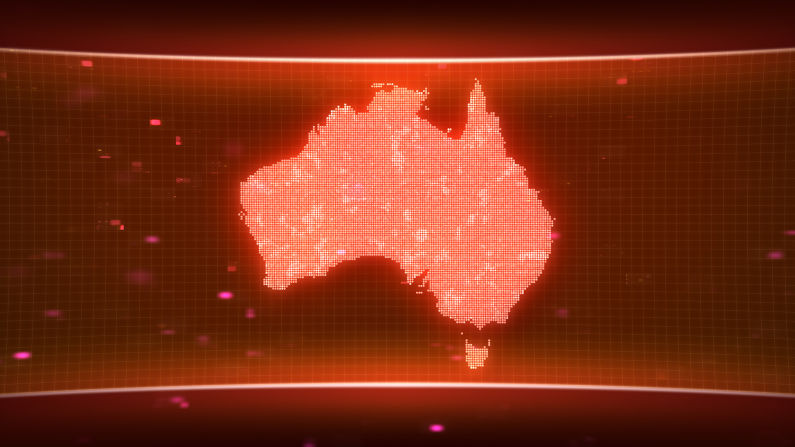Australians are remarkably unprepared for a nuclear attack. If and when it comes, it may not be what most people expect.
The main reason for a nuclear attack on Australia is the presence of US spy bases, notably Pine Gap, which is part of US systems to detect missile launches and mount a nuclear counterattack. US spy bases, and more generally the alliance, make Australia a nuclear target.
This is the point when we are likely to hear a silly argument: “But we’re a nuclear target anyway.” It’s silly because being a target isn’t a matter of yes or no but one of likelihood. Having nuclear-related facilities increases the risk.
Now think about this from the enemy’s point of view, the “enemy” being the militaries of any country threatened by US nuclear weapons. What is the easiest way to cause massive disruption? The answer is a nuclear explosion tens or hundreds of kilometres above the earth.
When a nuclear weapon explodes, it generates a pulse of electromagnetic energy, capable of causing a voltage surge more rapid than lightning. Through a complicated process, a nuclear explosion high above the earth generates a surge of electromagnetic energy over a very large area. It’s called a high-altitude electromagnetic pulse or HEMP.
In the 1950s and early 1960s, when the US and the Soviet Union tested nuclear weapons, some of them were exploded high about the earth, and there was a surprising phenomenon. Microcircuits were damaged over a large area. Since the Partial Test Ban Treaty in 1963, there have been no more such tests, but scientists have put a lot of effort into calculating the consequences of HEMP.
For a convenient summary of the possibilities, turn to Steven Starr’s recent book Nuclear High-Altitude Electromagnetic Pulse. Starr, with a scientific background, focuses on technical aspects of a HEMP attack on the United States. The higher the blast above the earth, the greater the area affected, up to the size of Australia. The takeaway message is that the expected effects will be devastating.
No one will see or hear the explosion. It’s too high above the earth. Nor will anyone feel the pulse. But it will affect microcircuits. An unshielded mobile phone could be shorted out, permanently. Likewise for microcircuits in cars and industry.
Starr is much more concerned with the electricity system. The pulse could take out transformers and bring down most of the electricity grid. People could be without power for months or longer.
That’s bad enough, but then there are nuclear power plants. They need cooling water, constantly, to prevent overheating and a core meltdown. If pumps reliant on grid electricity fail, backup systems will take over, but some of them may be disabled by the pulse, and others can last only a few days. Then core meltdowns will commence, rather like what happened at Fukushima in 2011.
That’s not all. At nuclear power plants, spent fuel – rods of enriched uranium after they’ve been used – is stored onsite, and has to be cooled continuously. Spent fuel pools could melt down.
Much of this damage could result from a single HEMP over the US. Starr also considers lower-altitude explosions, which would have somewhat different effects, drastic ones, over regions of the country. Knocking out the electricity grid, causing multiple nuclear meltdowns and cutting most electronic communications sounds like a good way to disable an entire country.
The same could happen to Australia, with the saving grace that, right now, there are no nuclear power reactors to melt down.
Some militaries have protected their facilities against HEMP, but it might not be enough, because there are super-EMP weapons designed for greater impacts on electronics. That said, no one knows for sure what HEMP will do to today’s technological systems.
We should presume that all militaries with nuclear weapons and intercontinental ballistic missile capacity have considered using HEMPs against their opponents. Mostly their opponents are other nuclear powers, but opponents can also include allies, like Australia.
What to do? Best of all is avoiding nuclear war. Getting rid of US bases would make Australians safer. Alternatively, you can move to New Zealand.
Acknowledgements: Thanks to Richard Tanter for valuable comments.
Brian Martin is emeritus professor of social sciences at the University of Wollongong and vice president of Whistleblowers Australia.

